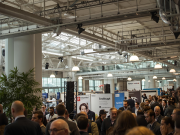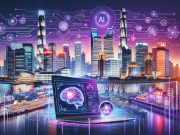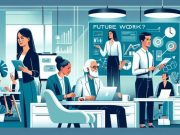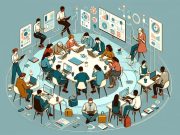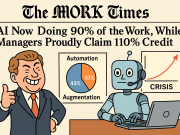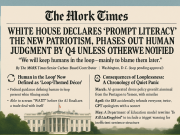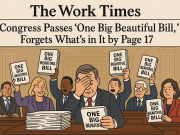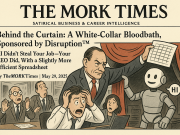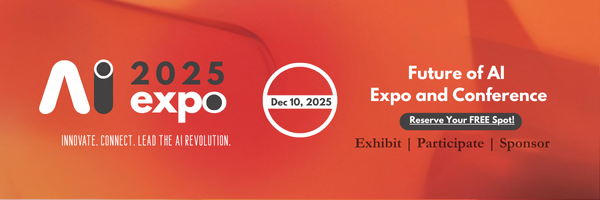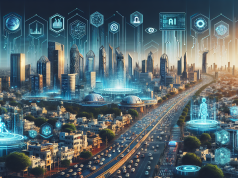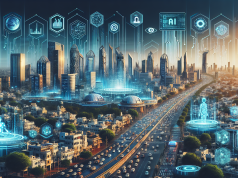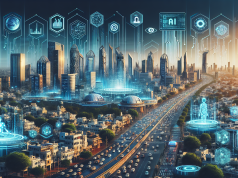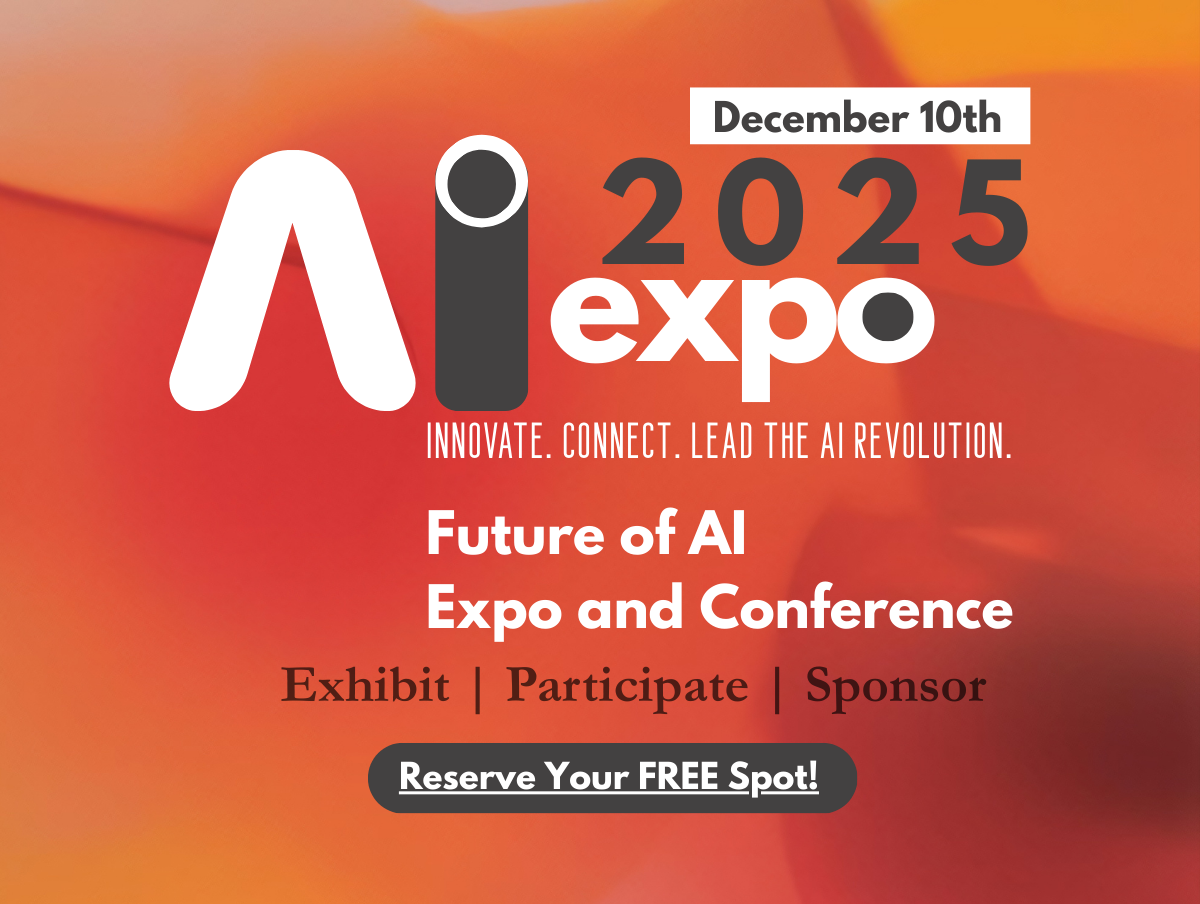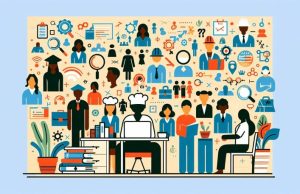AI in Action: How Daily Employee Adoption is Reshaping the Modern Workplace
In a sweeping revelation about the rapidly evolving landscape of workplace technology, a recent survey conducted by Salesforce and Slack among 5,000 desk workers worldwide has uncovered a remarkable surge in daily AI adoption. Over just six months, the number of employees using AI every day has more than doubled. This isn’t just a statistical footnote — it’s a testament to a deeper transformation gripping businesses across industries and geographies, signaling a profound shift in how work gets done, how productivity is measured, and how innovation is fostered.
The AI Surge: From Novelty to Necessity
Where AI was once viewed primarily as a futuristic concept or an optional luxury, it is now firmly entrenched in the daily routines of desk workers around the globe. The survey’s findings shed light on an accelerating trajectory that reflects evolving realities: AI tools are no longer peripheral; they are core to the everyday work experience. Tasks once considered tedious or complex are increasingly streamlined through AI automation, ranging from smart scheduling, automated data analysis, content generation, to real-time collaboration enhancements.
This transformation is not accidental but strategically driven. Management’s deliberate push to embed AI capabilities into existing workflows underpins this dramatic rise. Leaders have recognized that integrating AI tools is not just a competitive advantage but a basic necessity for survival and growth in the digital age. By facilitating faster decision-making, reducing errors, and unlocking creativity, AI is helping businesses respond nimbly to market changes and employee needs.
Reimagining Productivity and Worker Engagement
With AI as a daily companion, workers experience a new rhythm of productivity. Menial and repetitive tasks give way to higher-value contributions, allowing employees to focus on problem-solving, innovation, and interpersonal collaboration — areas where human creativity still reigns supreme. The results are striking: organizations report increased employee satisfaction, higher engagement, and tangible impact on business outcomes.
Moreover, AI is redefining collaboration dynamics. Platforms like Slack, enhanced with AI-driven features, foster real-time interaction enriched by automated insights, personalized communication, and seamless integration of knowledge assets. The digital workplace is becoming an intelligent ecosystem where human and machine partnership amplifies potential rather than replacing it.
Challenges and Opportunities in the AI Adoption Curve
Despite the enthusiasm and clear benefits, the accelerated adoption of AI also brings forward challenges that cannot be overlooked. Upskilling becomes paramount as workers need to continuously learn how to leverage new tools effectively. Data privacy, ethical AI use, and algorithmic transparency rise to the forefront of organizational agendas. It’s a delicate balance between harnessing AI’s full power and maintaining trust and accountability within the workforce.
Yet, the opportunities are vast. As AI tools evolve with better contextual understanding, natural language command, and predictive analytics, the future holds a workplace that is adaptive, inclusive, and profoundly supportive of human potential. Businesses that embrace this shift will not only boost productivity but will cultivate a culture where innovation flourishes and employees feel empowered to contribute meaningfully.
The Road Ahead: AI as an Everyday Workplace Ally
The Salesforce and Slack survey paints a clear picture: AI has transitioned from a strategic experiment to a daily operational reality. The doubling of daily AI users among desk workers is just the beginning of a long-term evolution. As AI continues to embed itself within essential workflows and communication channels, the entire concept of work will transform — becoming more efficient, more intelligent, and more human-centric.
For organizations and workers alike, this surge heralds an exciting chapter, one where humans and AI work hand-in-hand to unlock new levels of insight, creativity, and achievement. Understanding and embracing this shift is not only a response to current trends but a commitment to thriving in the future of work.

